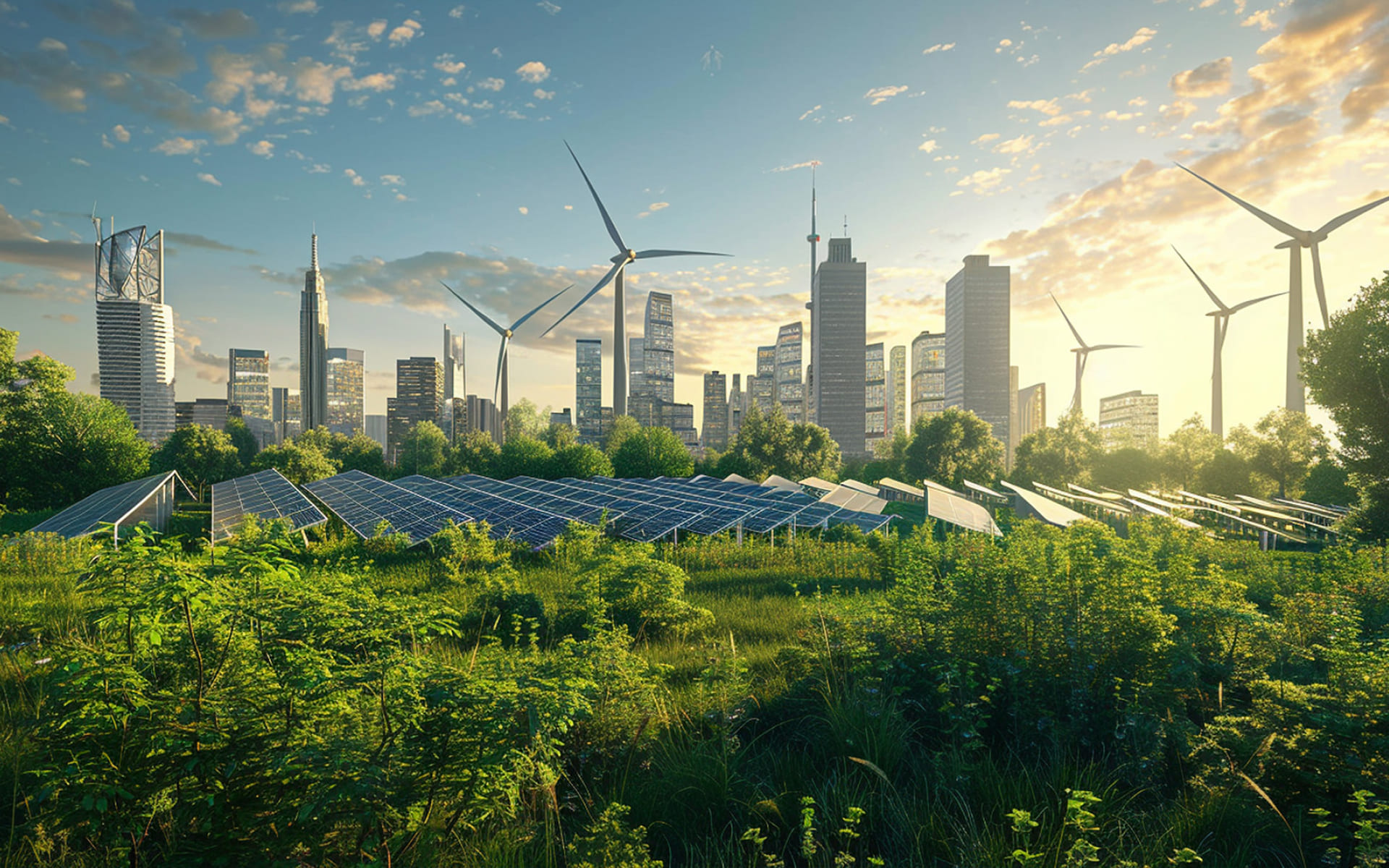Environment

The environment has become, in the age of Climate Change, an overarching concern for industrial, commercial and individual business owners, financial entities and consumers. The awareness of Climate Change and its role in changing the lives of billions of people is now of profound concern for all. Efforts are underway to adjust development, production and reuse of materials in a wholly new approach under the heading of “sustainable economic development.”
Sustainable Development is a broad topic but it serves as a way to look at business decisions, government policies and economic development. Sustainability is the cautious use of resources of any kind by people in producing for themselves or their societies “economic benefit” as an ongoing trend.
